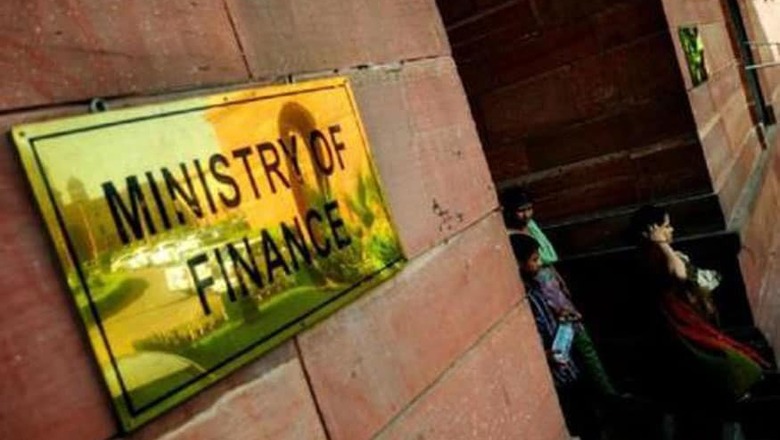
views
The finance ministry is discussing raising deposit insurance cover to Rs 3 lakhs from the existing Rs 1 lakh. The cover is paid to costumers who whose deposits lie with a bank in the event that the bank fails to return them.
The insurance cover for depositors was last revised in 1993, from Rs 30,000 in 1980 to Rs 1 lakh.
The decision will be taken only after all the stakeholder including banks, the DICGC and the Reserve Bank of India (RBI) have been consulted, and is only in its initial stages.
DICGC, a wholly-owned subsidiary of the RBI, provides this insurance cover for deposits and banks are required to pay premium to it. In FY19, DICGC collected Rs 12,043 crore as premium and settled Rs 37 crore worth claims.
The recent Punjab and Maharashtra Co-operative (PMC) Bank crisis raised questions of deposit insurance in the country, and the profile of customers has altered drastically since 1993, a report by the State Bank of India found.
The report further says that the level of insured deposits as a percentage of accessible deposits has declined from 75 percent in 1982 to 28 percent in the previous fiscal year. There is a dire need to revisit the insurance coverage of bank deposits, the report suggests.
Deposit insurance: history
The concept of insuring deposits kept with banks received attention for the first time in 1948 after the banking crisis in Bengal. The issue came up for reconsideration in 1949 but was held in abeyance till the RBI set up adequate arrangements for inspection of banks.
It was only after the failure if the Pilai Central bank and the Laxmi Bank in 1960 that a serious thought to insuring deposits was given by RBI and the central government. The Deposit Insurance Act, 1961 came into force on January 1, 1962. Deposit Insurance Scheme under it was initially extended to all functioning commercial banks.
This included commercial banks and branches of foreign banks operating in India. Later, cooperative banks were also included in this list.
However, expert committees formed later called for an increase in the level of deposit insurance. For instance, the M Damodaran-led Committee on Customer Services in Banks set up by the RBI recommended in 2011 that the deposit insurance be increased to Rs 5 lakh, which was set up by the RBI, recommended in its report in 2011 a five-time increase in the cap to Rs 5 lakh.
Reasons to increase depositor insurance cover now
The lender was also found to have violated the RBI’s group exposure norms. Its exposure to the realty firm Housing Development & Infrastructure (HDIL) is being investigated by the authorities including the Economic Offences Wing (EOW).
The RBI capped withdrawals from the PMC Bank beginning in September, placing certain operational restrictions on it. The withdrawal was capped at Rs 1,000 in the beginning. This went up to Rs 10,000, Rs 25,000 and finally was increased to Rs 40,000 on October 14.
PMC Bank came under fire for fraud and misreporting of bad loans.
If deposit insurance is hiked, the direct beneficiary is the customer. In the rare event of a bank failure when the deposit amount is forfeited, an account holder will be guaranteed up to the Rs 3 lakh limit if it is finalised.
However, this will mean that the premium paid by the banks for the insurance cover will also go up. Currently, DICGC charges up to 10 paise for every Rs 100 on an annual basis.




















Comments
0 comment